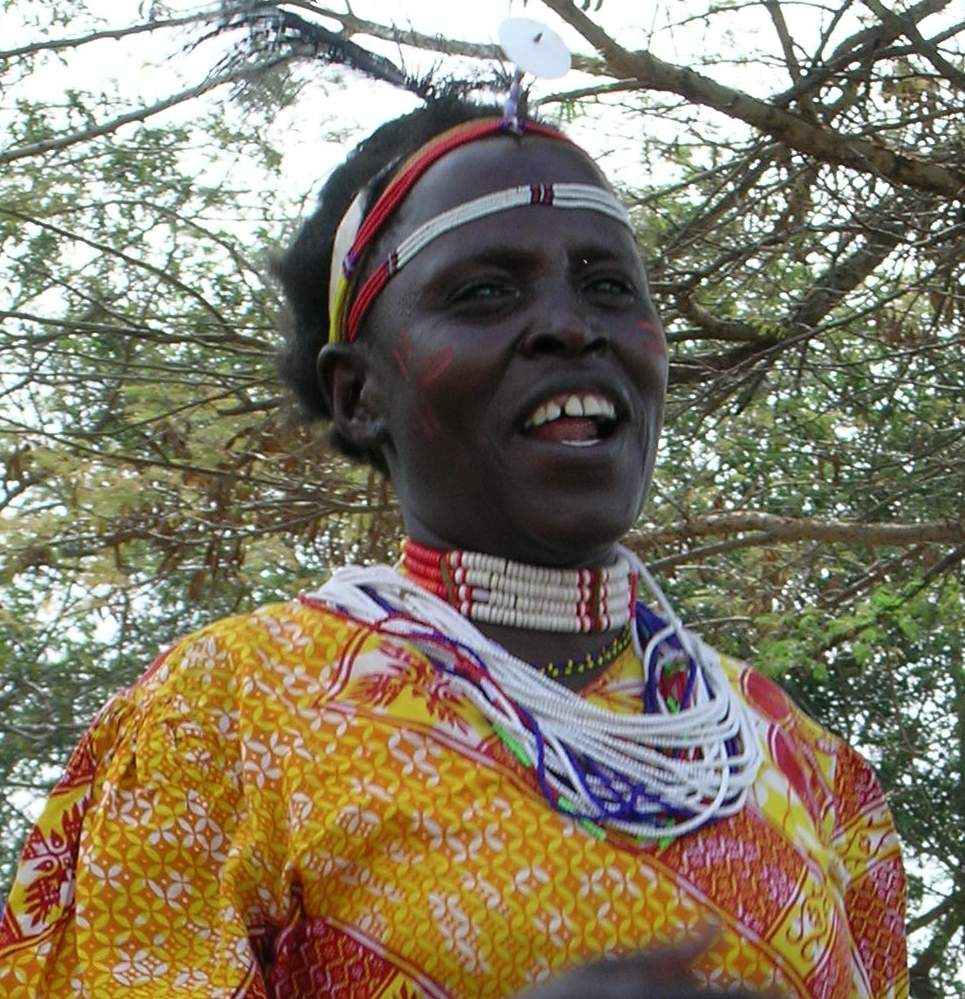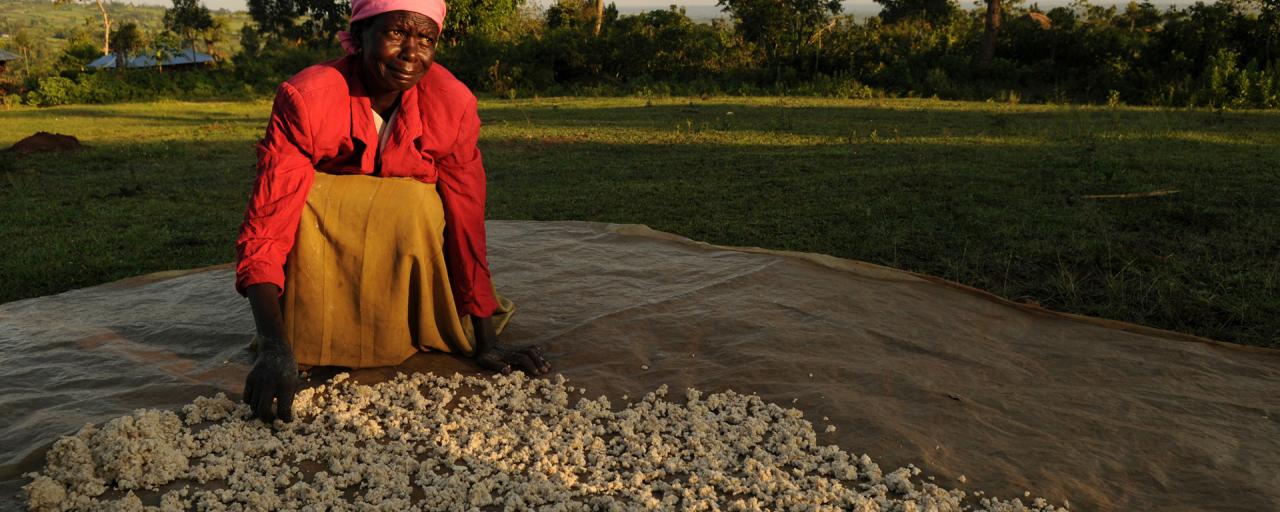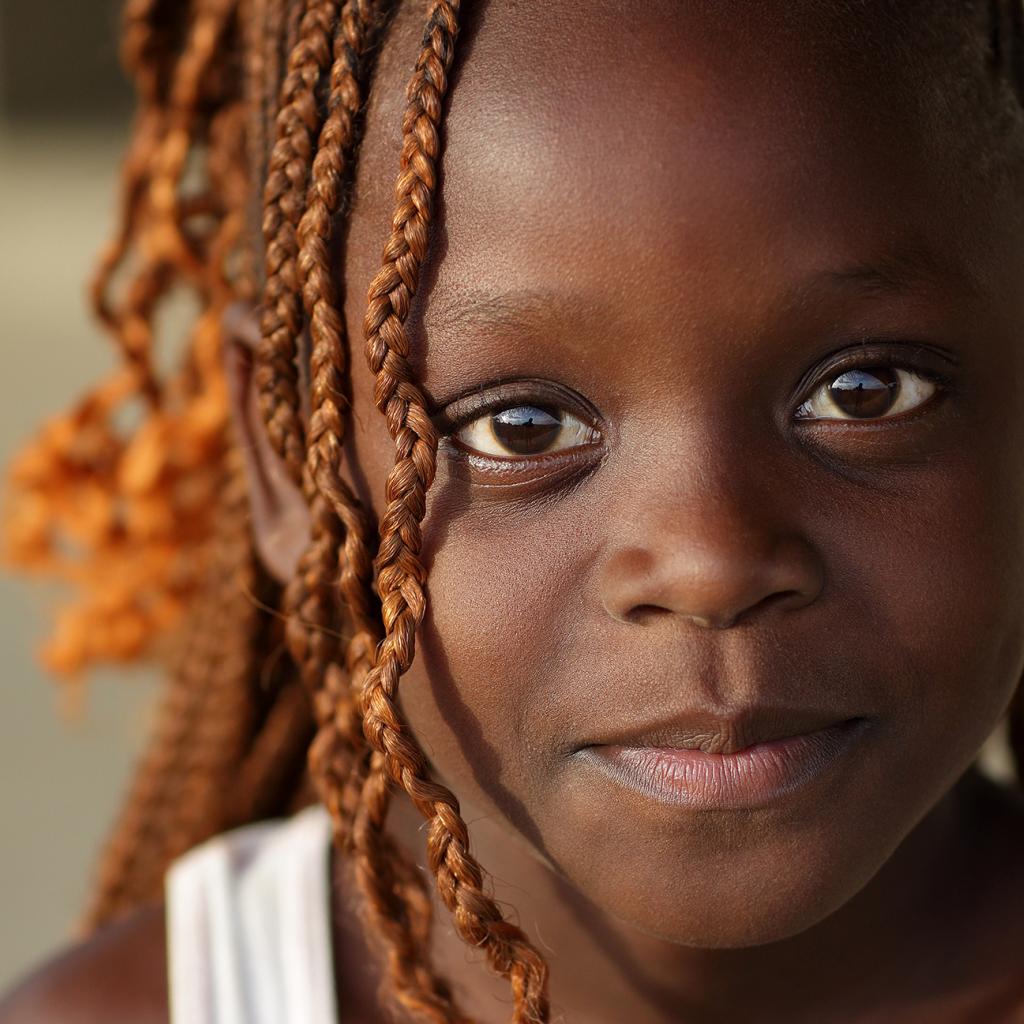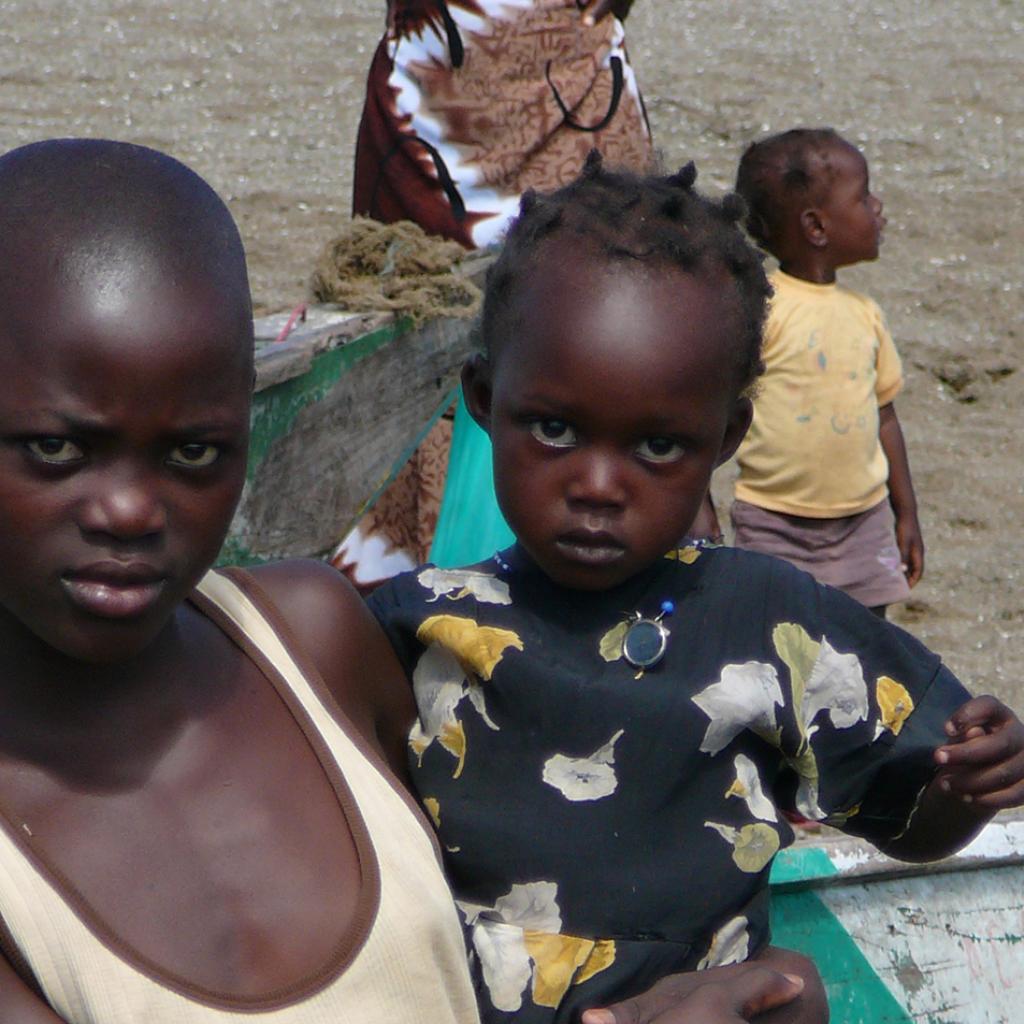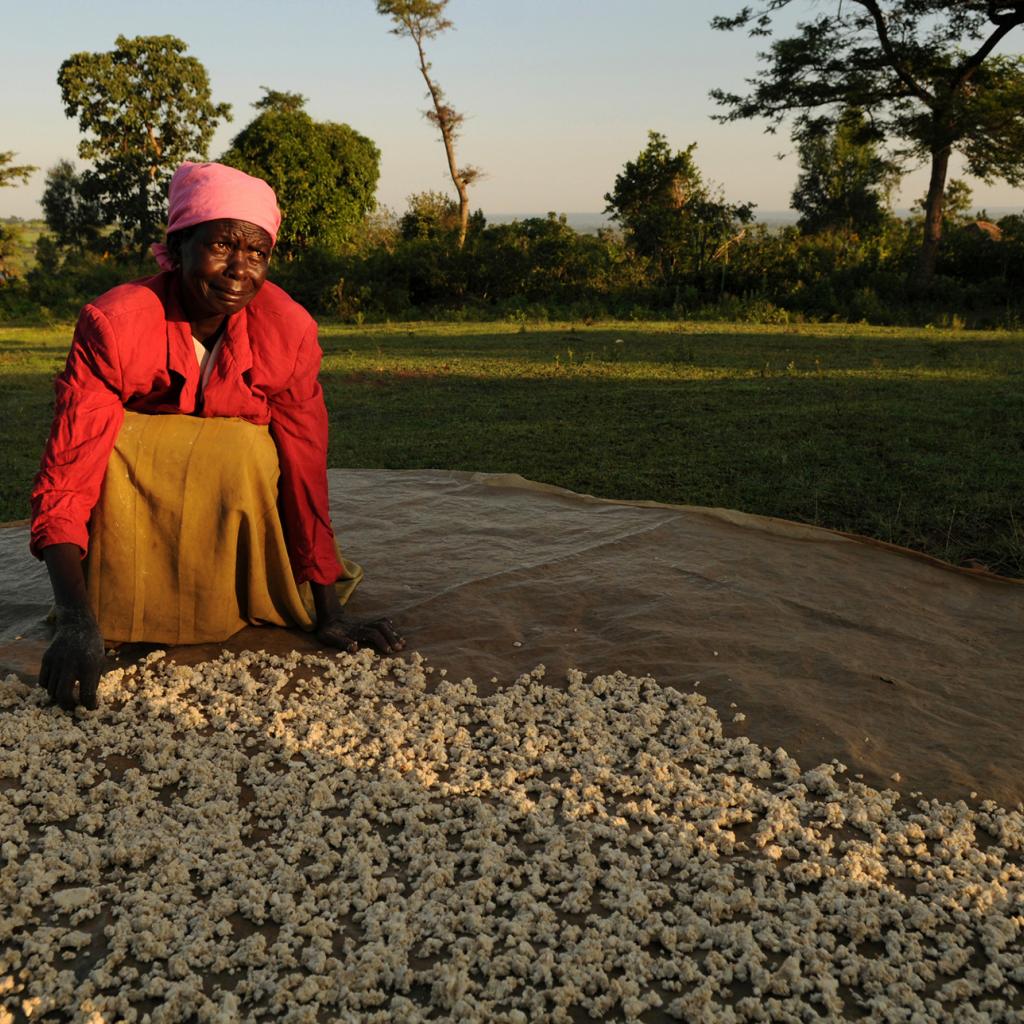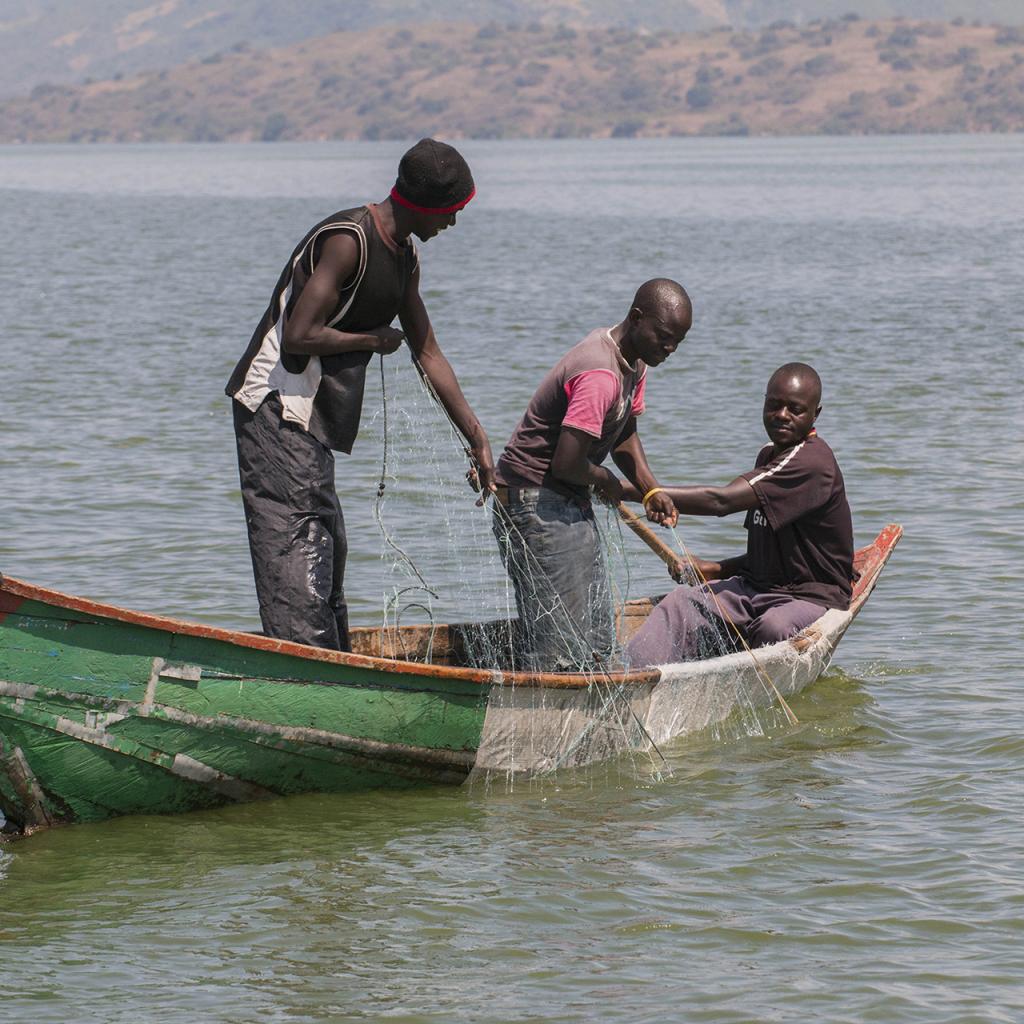Marriage in the Luo society is a ceremony rather complicated and involves several steps; it is considered the most significant event in the life of the Luo.
A man, who intends to marry his girlfriend, has to ask the parents of the bride for their agreement and define the bride price, the Ayie is the ceremony involving the payment of a sum to the mother of the bride.
Ayie in Dholuo language means "I agree" and it is the phrase that concludes the deal on the price that the groom has to pay; this deal also involves other family members and a neutral intermediary, who does not belong to the two families.
Once obtained the consent of the parents, the wedding ceremony can be celebrated and the couple can no longer change their mind.
The ceremony that follows is the "meko" or bride kidnapping, this capture of the bride is carried out by relatives and friends of the groom who capture the girl to take her to the house of her future husband.
The catch is counteracted by the bride's relatives to test the courage of the kidnappers and to understand the importance of the bride for the groom; skirmishes with sticks also happen while she screams and tries to wriggle to demonstrate attachment to her father, even though he is actually conducive to the marriage and aware of the kidnapping.
If the girl is opposed to the marriage, she has various methods to stop the meko, embracing euphorbia, or climbing a termite mound still crying and watching her village, or collecting the earth, put it in her mouth and spit it out to his captors.
Once the meko is over, the groom will try to understand the causes of the objection and find a solution, even if a solution is found, the girl will always be marked by this act considered inappropriate.
If the meko is successful, the girl is brought to the hut of her future husband, here, in the presence of four witnesses, there is the deflowering of the bride; witnesses will then inform parents about the real virginity of their daughter.
The next ceremony happens when the parents of the bride slaughter an ox and give the meat to the families of the husband's lineage, this is followed by a big party that lasts all night, during which they sing, dance, eat and drink.
The final ceremony involves the husband paying the dowry to the father with several heads of cattle.
Nowadays many marriages are celebrated without executing all the steps taken from tradition, and, with the introduction of Christianity, several weddings take place with a religious ceremony in the church.
In case of divorce, although it is a very rare occurrence among the Luo pairs, the price that was paid for the bride returns to her husband and the family of the bride is obliged to redeem all that had been previously received for the dowry.
Among the Luo, polygamy is a permitted practice, a man can have up to five wives if he possesses enough cattle to pay the dowry.
Life, tradition and culture of Luo people
- Music and dances of the Luo
- The rites, ceremonies and beliefs of the Luo
- Marriage in the culture of the Luo population
- Luo's religious beliefs
- The funeral rites of the Luo people
